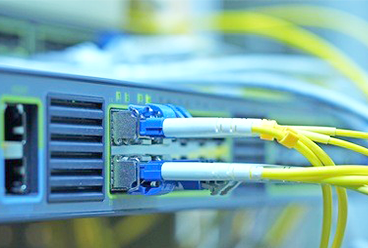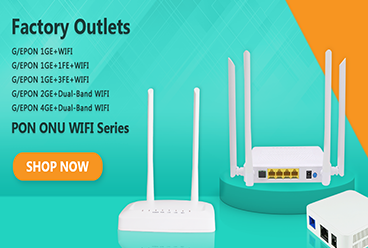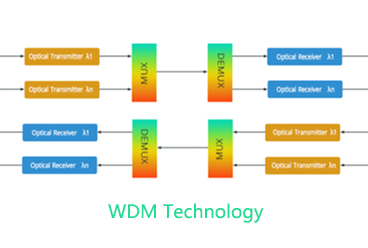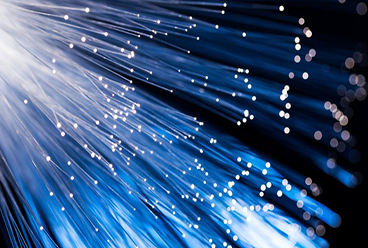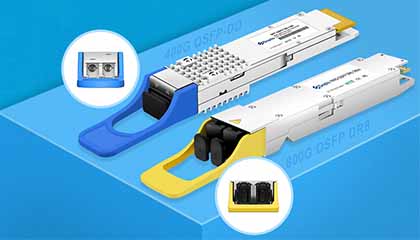An Optical Time-Domain Reflectometer (OTDR) is an essential tool for fiber optic network testing, troubleshooting, and maintenance. Selecting the right OTDR ensures accurate measurements, efficient fault detection, and cost-effectiveness. However, with numerous models and features available, how do you choose the right one for your network? This guide breaks down the key considerations for FTTH, Data Centers, and Backbone Networks, and provides practical recommendations.
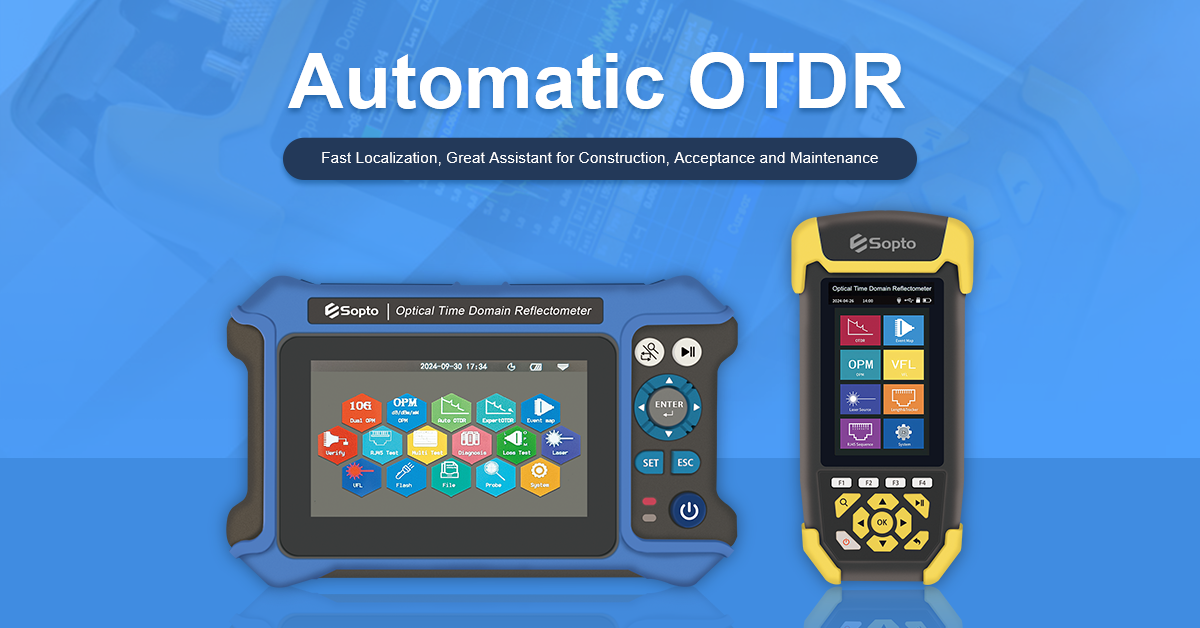
What is an OTDR and Why Do You Need It?
An OTDR sends a series of optical pulses through a fiber and measures the light reflected back from connectors, splices, and fiber faults. It provides:
● Link length measurement
● Event detection (splices, connectors, bends, breaks)
● Insertion loss and reflectance
● Graphical trace analysis
Typical use cases
● Fiber certification for new installations
● Troubleshooting for outages or high-loss links
● Maintenance for long-haul and FTTH networks
Key Factors to Consider When Choosing an OTDR
a) Wavelengths
● Single-mode fibers: 1310 nm & 1550 nm (most common).
● Maintenance: 1625 nm or 1650 nm for live fiber monitoring.
● Multimode fibers: 850 nm & 1300 nm for LAN and short-range links.
● Recommendation: For FTTH or backbone networks, choose an OTDR with 1310/1550 nm dual-wavelength capability.
b) Dynamic Range
Dynamic range determines the maximum measurable distance.
● Common parameters
20~28 dB → Suitable for access network (FTTH, LAN)
30~40 dB → Suitable for metropolitan area networks
40 dB or more → Backbone long-distance optical fiber
● Calculation formula (estimate)
Fiber length (km) ≈ Dynamic range (dB) ÷ Fiber attenuation (dB/km)
(Fiber attenuation is generally 0.35 dB/km @1310nm, 0.22 dB/km @1550nm)
c) Event blind zone & attenuation blind zone
● Event Dead Zone: The OTDR cannot distinguish the location distance between two close events.
● Attenuation Dead Zone: The minimum distance at which the OTDR cannot accurately measure attenuation.
● Recommended values
Event blind zone ≤ 3 m (for FTTH)
Attenuation blind area ≤ 10 m
d) Pulse width
● Small pulse → high resolution, small blind area, but short distance.
● Large pulse → Long test distance, but large blind area.
● Recommendation: Support multiple pulse selection and automatic adjustment.
e) Resolution & Storage
● The higher the sampling resolution, the finer the test curve.
● Large storage capacity, can save a large number of test curves.
f) Interface & Usability
Optical interface: SC/FC/LC optional
Function:
● Auto Test
● PDF/EXCEL report output
● Touch screen + battery life
● Networking function: Wi-Fi/USB/Bluetooth, convenient for remote maintenance.
G) Application scenarios
FTTH (Fiber to the Home) Network
Requirements: short distance, multi-branch (PON)
● Recommendation: Choose an OTDR with short pulse width (5–20ns), high dynamic range (≥35dB), and short event dead zone (≤3m)
● Wavelength: 1310nm, 1490nm, 1550nm
● Features: Lightweight, fast and automatic testing
Backbone network/long distance network
Requirements: long distance (50–150km), low loss
● Recommendation: Dynamic range ≥ 45dB, long pulse width (more than 10μs)
● Wavelength: 1310nm, 1550nm, 1625nm if necessary (for online monitoring)
● Features: High power, low noise receiver
Data Center/ Indoor Cabling
Requirements: short distance, precise positioning
● Recommendation: Event dead zone ≤ 1m, narrow pulse width
● Wavelength: 850nm, 1300nm (multi-mode); 1310nm, 1550nm (single-mode)
● Features: Dual Wavelength, High Resolution
Essential Features
● PON Testing: Capability to measure through splitters for FTTH
● Multiple Wavelengths: For loss analysis
● Integrated Tools: VFL, Power Meter, Light Source
● Touchscreen & Easy GUI: Speeds up field work
● Cloud Reporting: For remote analysis
When selecting an OTDR, always consider
● Network type and fiber length.
● Required accuracy (short dead zones for FTTH).
● Ease of use and reporting features.
Investing in the right OTDR ensures reliable fiber network performance, reduced downtime, and simplified troubleshooting. Sopto Technology is a professional one-stop service provider for FTTH solutions. We can provide cost-effective, high-quality OTDRs that meet various specifications and parameter requirements for various fiber application scenarios. Welcome to consult, Inquiry [email protected], My whatsapp: https://wa.me/+8618688759008/
Tags : OTDR, Optical Time-Domain Reflectometer
— END —




